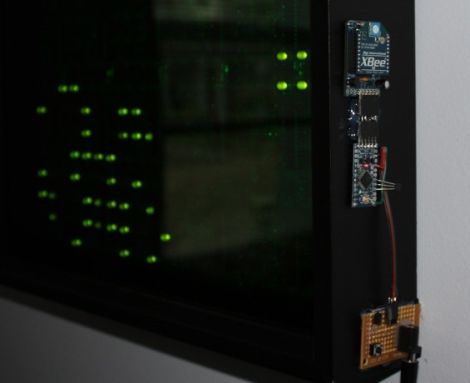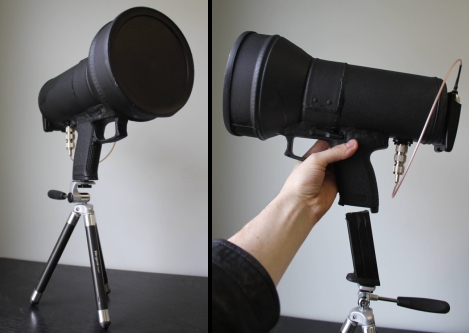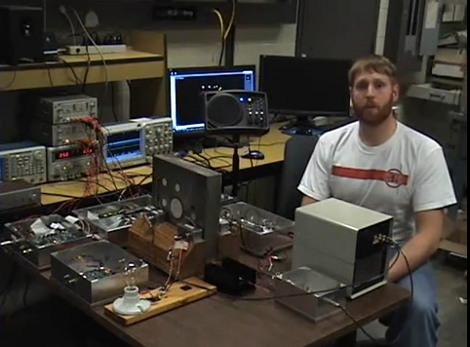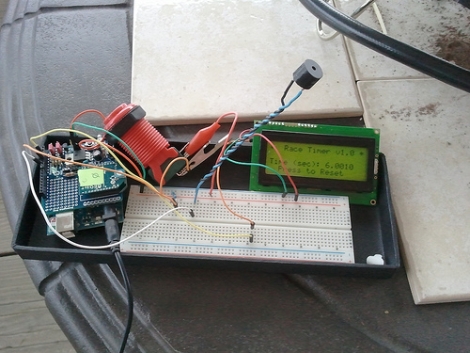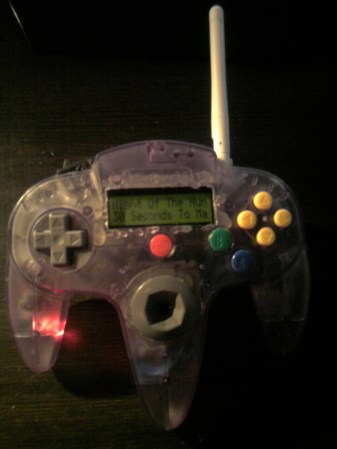
[Phik] wrote in to share his very first microcontroller project with us. He built a bluetooth remote in an old Nintendo 64 controller to control an audio application on his computer. He had been building up the individual modules with the controller in mind for some time, but initially had no idea what kind of enclosure to put it in. After a failed attempt at stuffing it into an XBox controller(surely there was enough space), he realized he had a broken N64 controller lying around that he cold use. We think he did a fantastic job of mounting it, it looks almost like a commercial product. He documented the construction and testing of each individual module. You can find each of those broken into their own post on his site by checking out the archives. Great job [Phik], especially for your first project!
Continue reading “Bluetooth Media Remote In An N64 Controller”

